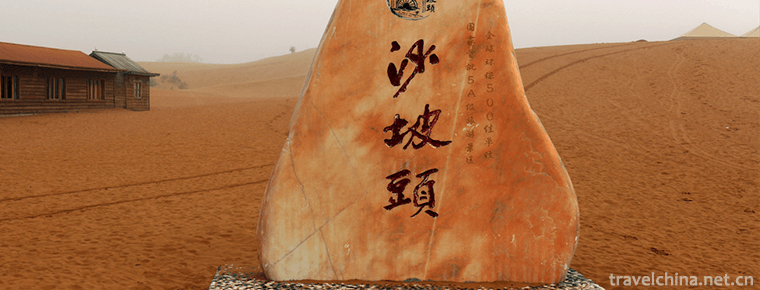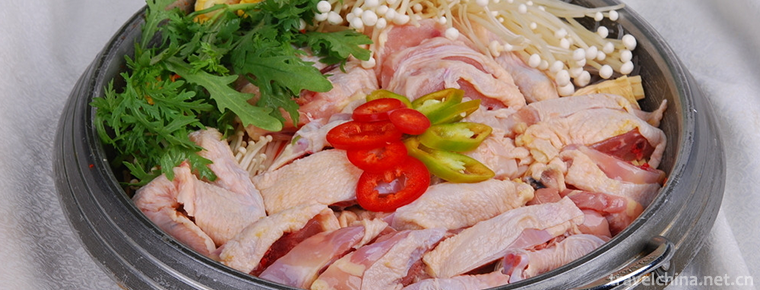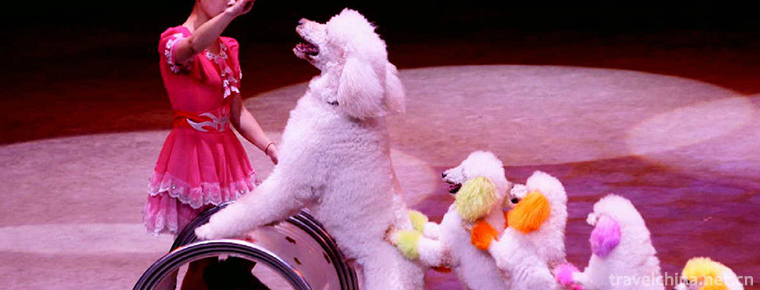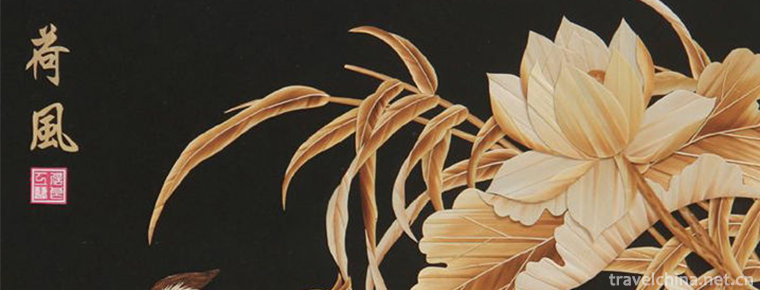She Nationality Folk Songs
She Nationality Folk Songs
She folk songs can be seen everywhere, expressed in the form of She language singing. Every Festival and festive day, singing soars. Even when working in the fields in the mountains and visiting relatives and friends to greet guests, they often talk with songs. She nationality's singing forms include solo singing, duet singing and chorus singing. Among them, the unaccompanied folk song is one of the most popular folk songs of She people. "Dual tone" is a duet duet singing method that the She people are good at, also known as "Dual Strip Fall".
On May 20, 2006, she folk songs were listed in the first batch of national intangible cultural heritage list with the approval of the State Council.
Brief introduction
She nationality is a member of China's multi-ethnic family, distributed in the mountainous areas of more than 60 counties and cities in Fujian, Zhejiang, Jiangxi, Guangdong and Anhui provinces. Eastern Fujian and southern Zhejiang are the main inhabitants of She nationality.
She people call themselves "Shanha", which means the residents in the mountains. It is said that the ancestral home of She people is Chaozhou, Guangdong Province. Mainly distributed in Fuan, Zhejiang Jingning, Wencheng, Guangdong and other provinces.
She nationality has a long history. The word "She" means "slash-and-burn cultivation", and its use as a national name began in the late Southern Song Dynasty. Since the Yuan Dynasty, "She Min" as the exclusive name of She nationality has been widely used in Chinese historical books. At the latest in the 7th century, she people had settled in the border areas of Fujian, Guangdong and Jiangxi provinces.
She people have their own customs and languages. Singing folk songs is a major form of activity in the cultural life of She people. Folk song is an important means and tool for She people to impart various social knowledge such as history, culture, production and life, and to carry out cultural entertainment activities. Singing folk songs has become an indispensable part of the cultural life of the She people. Most of the people, whether men or women, old or young, are good song singers and have formed some unique folk song festivals.
She people like singing, which is rich and colorful. The most popular song is the long narrative "Song of the Emperor" (also known as "Song of the King of Panhu). The song describes Panhu's extraordinary life experience, experience, achievements and national origin. The singing tone and melody of She folk songs are influenced by the Han dialect in their respective areas and become more and more regionalized. She nationality living in Fenghuang mountain area, folk songs are obviously influenced by Chaozhou dialect, while she nationality folk songs in Fengshun County are influenced by Hakka dialect.
She people often use Chinese characters to record She phonetics and hand-copy many song books. She people in the old society had no chance to receive cultural education, and they regarded learning to sing as an important cultural life. So before the 1960s, the popularity of folk songs was relatively high, and they often spoke in songs to communicate feelings; they talked about things with songs to promote good and punish evil; they spread information with songs and fought wisdom to form a set of folk customs of going up to the mountains to work, receive visitors, and celebrate weddings and funerals.
historical origin
She nationality is a major minority in the southeastern coast of China. She nationality does not have its own written language, and its cultural and musical inheritance is mainly imparted by She nationality's words. She people call themselves "Shanha" and give folk songs the unique title of "Song Yan", which is regarded as the Heirloom treasure by her family.
Eastern Fujian Geyan is distributed in seven counties and two cities under the jurisdiction of Ningde City, Lianjiang and Luoyuan in Fuzhou City. She people's songs in eastern Fujian are rich in content and wide in subject matter. According to the different characteristics of She Nationality's natural habits and tunes, they can be divided into Fuan and Jiaocheng tunes. Luoyuan and Lianjiang Diao, Fuding Diao, Xiapu Diao and Gutian Diao. The singing forms include solo singing, duet singing, chorus singing and unique two-part disco singing. There are three singing methods: falsetto, real voice and combination of true and false voice. Falsetto has the most national characteristics. She people in eastern Fujian have "blocking the road to sing" and "silkworm visitors to sing". "Be cousin to song" and "Be family to song" are a series of rare folk songs and festival songs with large scale and wide popularity. The inheritance ways of She nationality's songs are various, mainly handwritten copies and festival songs. In the course of thousands of years'development, the music culture of She nationality has formed its own unique laws and characteristics, which is an important part of the music culture of the Chinese nation. The music culture of She nationality is characterized by such characteristics as "Song Yanli", "Song Yanshi", "Song Yancai", "Song Yanqiao", "Song Yanqiao", "Song Yanqiao", "Song Yanqiao" and "Song Yanshi".
Following the inheritance of She songs from generation to generation, there are mainly the following ways: one is the inheritance of the singing hall; the other is the inheritance of ancestors'families from generation to generation; the third is the inheritance of teachers; the fourth is the inheritance of handwritten song books; the fifth is the inheritance of creation; the sixth is the inheritance of sacrificial rites or activities.
The main values of "She Ethnic Ethnic Group's Songs in East Fujian" are as follows: 1. First of all, it embodies the integrity and diversity of Chinese music culture. 2. It reflects that the She nationality's song-and-speech culture has high academic research value. 3. It embodies the practical development value of promoting the development of local tourism economy.
Representative Works
"Song of the Emperor", "Fengjin Mountain", "Song of the Times" and so on
Inheritance Significance
She folk song is the oral literature created by the She people in the struggle of production and life. It is the crystallization of the wisdom of the She people and an important part of the traditional culture of the She people. Most of the folk song works are stored in the minds of the She people and passed down orally from generation to generation. Some of the folk songs are handwritten in Chinese characters recorded in She language. The She nationality's lyrics mainly embody the integrity and diversity of Chinese music culture. In addition, the She nationality's song and lyric culture has high academic research value.
The state attaches great importance to the protection of intangible cultural heritage. On May 20, 2006, she folk songs were approved by the State Council and listed in the first batch of national intangible cultural heritage list.
Relevant successors
Blue Chen Qilei Meifeng
Current situation of inheritance
She folk songs, she people in life has always been singing, singing everything. However, according to the survey, there are few folk singers who can sing She songs nowadays, and most of them are over 60 years old. Many precious copies of She folk singers have also been lost. In She villages where economic conditions have improved rapidly, the loss of this culture is even more serious. Although there are also some "She Songs" on the stage nowadays, this "She Song" has lost its authenticity by adding too many elements of modern Han music.

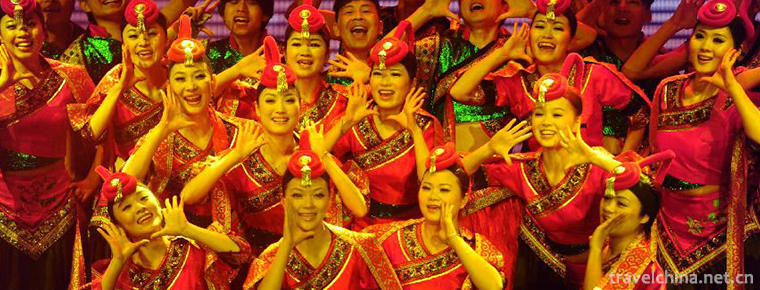
-
Shapotou National Nature Reserve Ningxia
Shapotou: National AAAAA class tourist attraction, national desert ecological nature reserve, global environmental protection 500 best units, national fitness 20 famous landscapes, special prize for s.
Views: 96 Time 2018-12-12 -
Conch Valley Scenic Area Hailuogou
Hailuogou is located in Moxi Town, Luding County, Sichuan Province, on the eastern slope of Gongga Mountain. It is a very high mountain area on the eastern edge of the Qinghai-Tibet Plateau. Located a.
Views: 93 Time 2019-01-13 -
Huizhou Seaside Hot Spring Resort
Huizhou Coastal Hot Spring is a large-scale comprehensive resort built according to the national standard of "AAAAAA" scenic spots and five-star hotels. It integrates tourism and vacation.
Views: 207 Time 2019-01-19 -
Ginseng Chicken Hotpot
Wash ginseng, boil it in a little water, take out slices, and cook it in the original pot for 15 minutes. Still soak it in the original soup. All the above ingredients except hen nuggets and ginseng s.
Views: 240 Time 2019-03-24 -
Daur Costume
The Daur nationality has a long history and agricultural culture in northern China. Daur garments are greatly influenced by Mongolian and Manchu nationalities..
Views: 266 Time 2019-04-22 -
Circus
Circus is one of the acrobatics. Originally, it refers to the performance performed by people on horses. Now it is a general term for the performance of various wild animals and domesticated birds. It.
Views: 131 Time 2019-05-16 -
Wheat straw cut and paste
Straw clipping is a traditional folk handicraft. Also known as "wheat straw clipping", "wheat straw clipping". Using the natural luster of wheat straw and the characteristics of ru.
Views: 221 Time 2019-05-16 -
Ningjin Acrobatics
Ningjin acrobatics is one of the traditional folk acrobatics in Shandong Province. With its long history of development, extensive mass base, profound cultural heritage and exquisite performing skills.
Views: 171 Time 2019-06-08 -
Sun Bin quan
Sun Bin Quan is an ancient and rare traditional boxing in Shandong Province. Its connotation is broad and profound, which was created by Sun Bin, a military strategist in the Spring and Autumn Period .
Views: 163 Time 2019-06-17 -
Longhua Baxian Mountain Giant Buddha
Longhua Baxian Mountain Giant Buddha is located in Baxian, Longhua Town, Pingshan County, Yibin City, Sichuan Province. Since the Bamiyan Buddha in Afghanistan was bombed by the Taliban.
Views: 301 Time 2020-10-16 -
Deyang Deyang transportation
By the end of 2018, the total mileage of Deyang highway was 8345.2 km, including 7861.0 km of grade highway, accounting for 94.2% of total highway mileage; 655.8 km of high-grade highway and 205.5 km of expressway. The railway operating .
Views: 240 Time 2020-12-14 -
Nanchong medical and health
By the end of 2019, Nanchong has 8457 medical and health institutions (including village clinics), including 166 hospitals and 8250 primary medical and health institutions. The number of beds in medical and health institutions was 43726, an increase of 4.9% over 2018.
Views: 314 Time 2020-12-17
